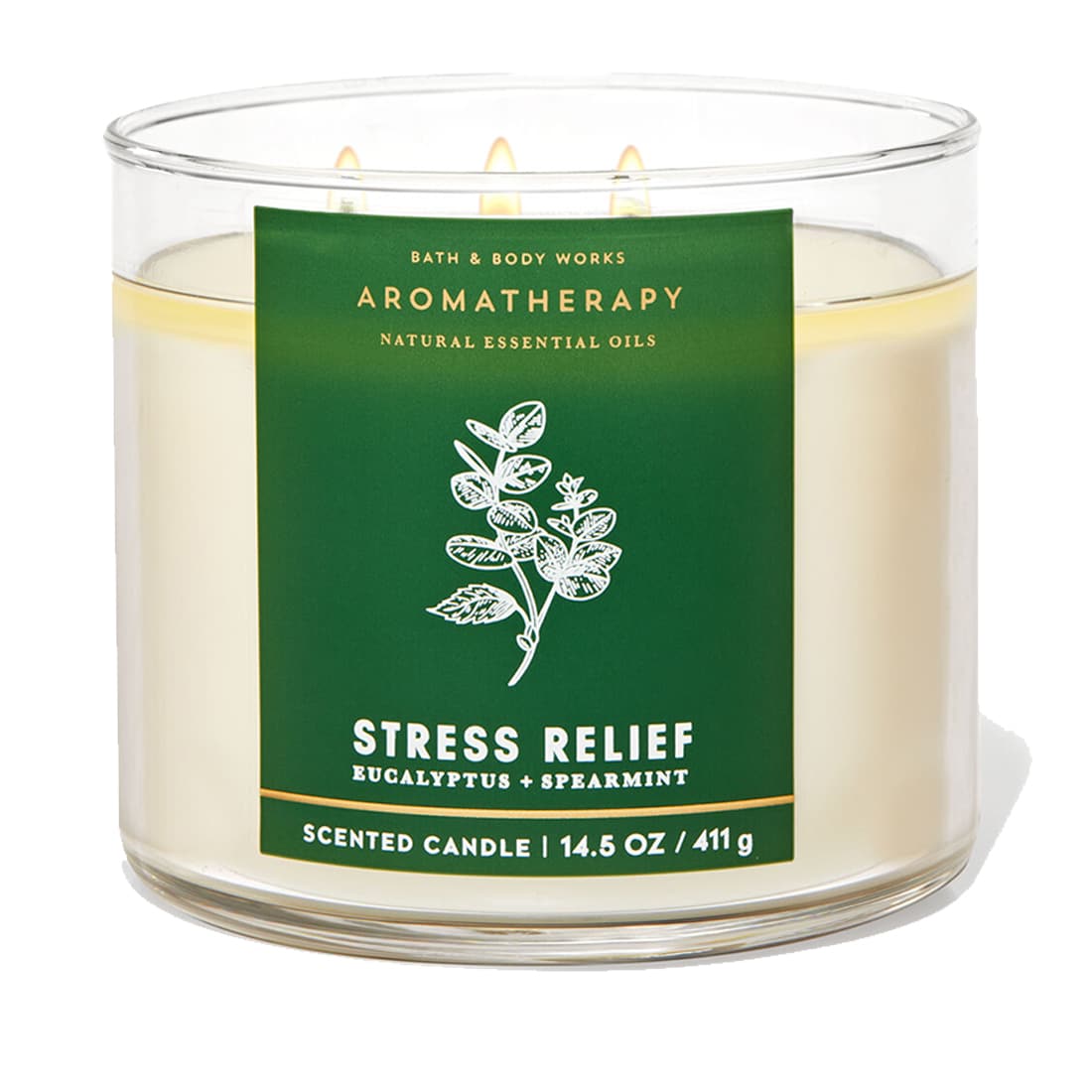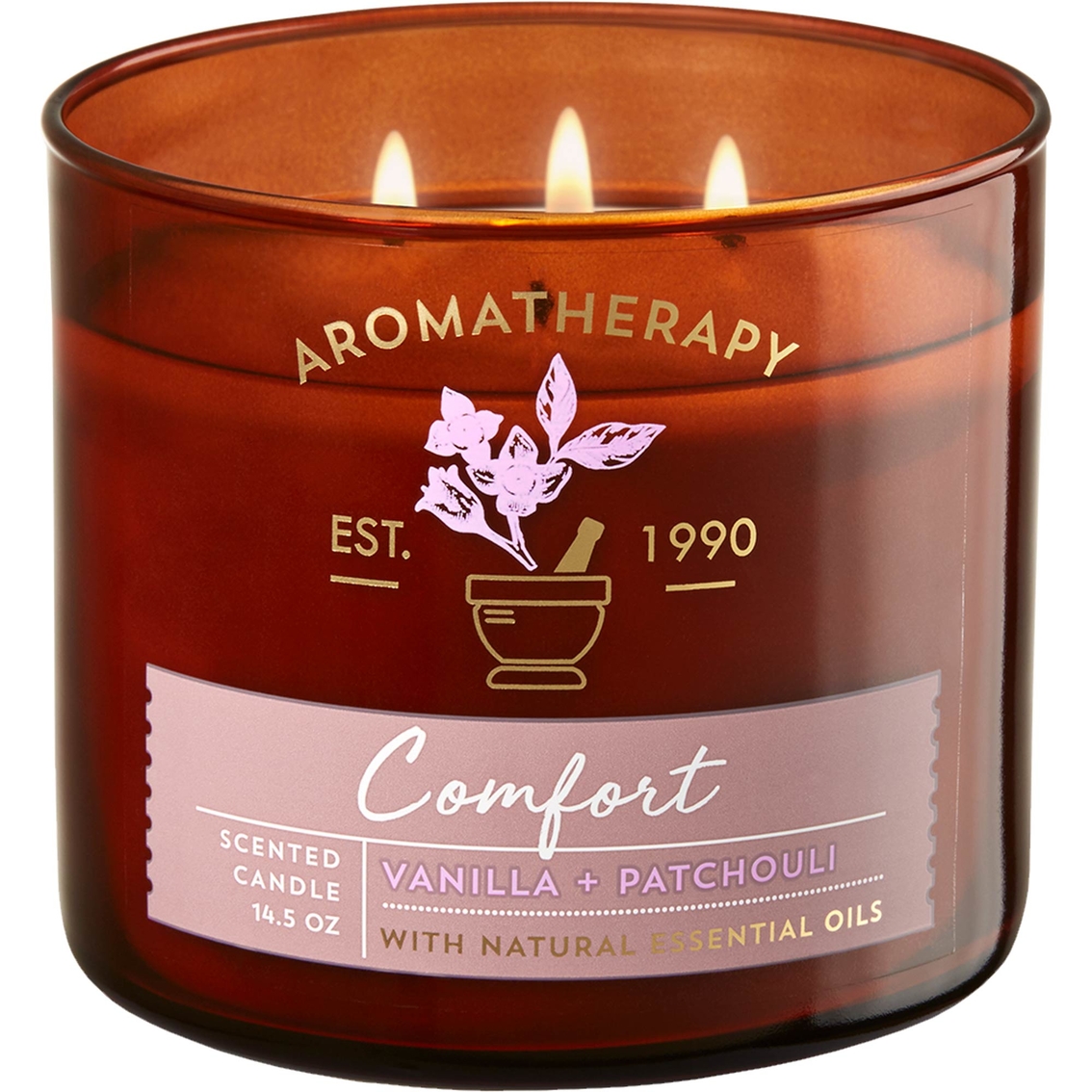In today’s fast-paced world, stress has become an inevitable part of life. While it’s normal to experience stress from time to time, chronic stress can take a toll on our physical and mental well-being. Aromatherapy, the practice of using essential oils for therapeutic purposes, offers a natural and effective way to manage stress and promote relaxation.
Essential oils are highly concentrated plant extracts that contain a wide range of therapeutic compounds. When inhaled or applied to the skin, these compounds interact with our body’s olfactory system and nervous system, producing calming and soothing effects.
Essential Oils for Aromatherapy
Essential oils are concentrated plant oils that retain the natural smell and flavor of their source. They are made by extracting oils from plants through distillation, cold pressing, or other methods.
In aromatherapy, essential oils are diffused into the air or applied to the skin to promote relaxation and relieve stress. Different essential oils have different properties, and some of the most popular oils for stress relief include lavender, chamomile, bergamot, and ylang-ylang.
Types of Essential Oils
The following table lists some of the most popular essential oils used in aromatherapy for stress relief, along with their sources, benefits, and cautions:
| Oil Name | Source | Benefits | Cautions |
|---|---|---|---|
| Lavender | Lavender plant (Lavandula angustifolia) | Promotes relaxation, reduces anxiety, improves sleep | May cause skin irritation in some people |
| Chamomile | Chamomile plant (Matricaria recutita) | Calming and soothing, reduces stress and anxiety | May cause allergic reactions in some people |
| Bergamot | Bergamot orange (Citrus bergamia) | Uplifting and energizing, reduces stress and improves mood | May cause skin irritation in some people |
| Ylang-ylang | Ylang-ylang tree (Cananga odorata) | Balancing and calming, reduces stress and anxiety | May cause skin irritation in some people |
Methods of Aromatherapy
Aromatherapy can be practiced in various ways, each with its own advantages and disadvantages. The three main methods are inhalation, topical application, and diffusion.
Inhalation
Inhalation involves breathing in the aromatic compounds of essential oils. This can be done directly from the bottle, using a diffuser, or adding a few drops to a bowl of hot water and inhaling the steam.
- Advantages:Convenient, effective, and can be used anywhere.
- Disadvantages:Can be irritating to the respiratory system in high concentrations.
Topical Application
Topical application involves applying essential oils directly to the skin. This can be done by mixing a few drops with a carrier oil, such as jojoba or coconut oil, and massaging it into the skin. It can also be added to bathwater or used in compresses.
- Advantages:Can be targeted to specific areas of the body, can be used for massage, and can be absorbed into the bloodstream.
- Disadvantages:Can cause skin irritation in some people, may not be suitable for all skin types, and can be messy.
Diffusion
Diffusion involves dispersing essential oils into the air using a diffuser. This can be done using an electric diffuser, a candle diffuser, or a nebulizing diffuser. Diffusion is a great way to create a relaxing or stimulating atmosphere in a room.
- Advantages:Can be used to create a specific atmosphere, can be used in large areas, and is relatively mess-free.
- Disadvantages:Can be expensive, may not be suitable for all environments, and can be irritating to the respiratory system in high concentrations.
Blends for Stress Relief
Aromatherapy is a natural way to relieve stress and promote relaxation. Essential oils have been used for centuries to improve mood and well-being. Here are three aromatherapy blends specifically designed to help you de-stress:
Stress Relief Blend #1
- 5 drops lavender essential oil
- 3 drops bergamot essential oil
- 2 drops chamomile essential oil
This blend is perfect for creating a calming and relaxing atmosphere. It can be used in a diffuser or added to a warm bath.
Stress Relief Blend #2
- 4 drops clary sage essential oil
- 3 drops rosemary essential oil
- 2 drops peppermint essential oil
This blend is invigorating and uplifting. It can be used to help improve focus and concentration, and to reduce feelings of stress and anxiety.
Stress Relief Blend #3
- 3 drops frankincense essential oil
- 2 drops myrrh essential oil
- 1 drop copaiba essential oil
This blend is grounding and centering. It can be used to help reduce stress and anxiety, and to promote a sense of peace and well-being.
DIY Aromatherapy Recipes

Create your own aromatherapy products to enjoy the benefits of essential oils at home. These simple recipes will guide you through making candles, bath bombs, and room sprays with relaxing scents.
Before you begin, gather your essential oils, carrier oils, and other necessary materials. You can adjust the amounts and scents to suit your preferences.
Candles
- Ingredients:
- 1 cup soy wax
- 15-20 drops of your chosen essential oil
- Candle wick
- Candle container
- s:
- Melt the wax in a double boiler or microwave-safe bowl.
- Once the wax is melted, remove it from the heat and add the essential oil.
- Stir well to combine.
- Pour the wax into the candle container and center the wick.
- Allow the candle to cool and harden completely before lighting.
Bath Bombs
- Ingredients:
- 1 cup baking soda
- 1/2 cup citric acid
- 1/4 cup Epsom salt
- 1/4 cup carrier oil
- 15-20 drops of your chosen essential oil
- Food coloring (optional)
- s:
- In a large bowl, combine the baking soda, citric acid, and Epsom salt.
- In a separate bowl, whisk together the carrier oil and essential oil.
- Add the wet ingredients to the dry ingredients and stir until well combined.
- If desired, add a few drops of food coloring.
- Press the mixture into molds and allow to dry for 24 hours.
Room Sprays
- Ingredients:
- 1 cup distilled water
- 15-20 drops of your chosen essential oil
- Spray bottle
- s:
- Add the distilled water and essential oil to the spray bottle.
- Shake well to combine.
- Spray into the air as needed to refresh and relax the atmosphere.
These are just a few examples of DIY aromatherapy products you can make at home. Experiment with different essential oil combinations to create your own unique scents.
Research and Evidence

Scientific research and evidence support the use of aromatherapy for stress relief. Studies have explored the mechanisms of action and conducted clinical trials to evaluate the effectiveness of essential oils in reducing stress levels.
One mechanism of action involves the olfactory system. When inhaled, essential oils stimulate the olfactory receptors in the nose, which send signals to the limbic system, a brain region associated with emotions and memory. This stimulation can influence mood and promote relaxation.
Clinical Studies
- A study published in the journal “Complementary Therapies in Medicine” found that inhaling lavender oil for 30 minutes significantly reduced perceived stress levels in healthy adults.
- Another study, published in “Psychoneuroendocrinology,” demonstrated that inhaling bergamot oil for 15 minutes reduced anxiety and cortisol levels, a hormone associated with stress.
- A systematic review and meta-analysis of 12 studies concluded that aromatherapy with lavender oil was effective in reducing stress and anxiety in adults.
Summary
Incorporating aromatherapy into your daily routine can provide numerous benefits for stress relief. Whether you choose to diffuse essential oils in your home, apply them topically with a carrier oil, or indulge in an aromatherapy massage, these fragrant oils offer a gentle and effective way to unwind, de-stress, and promote overall well-being.